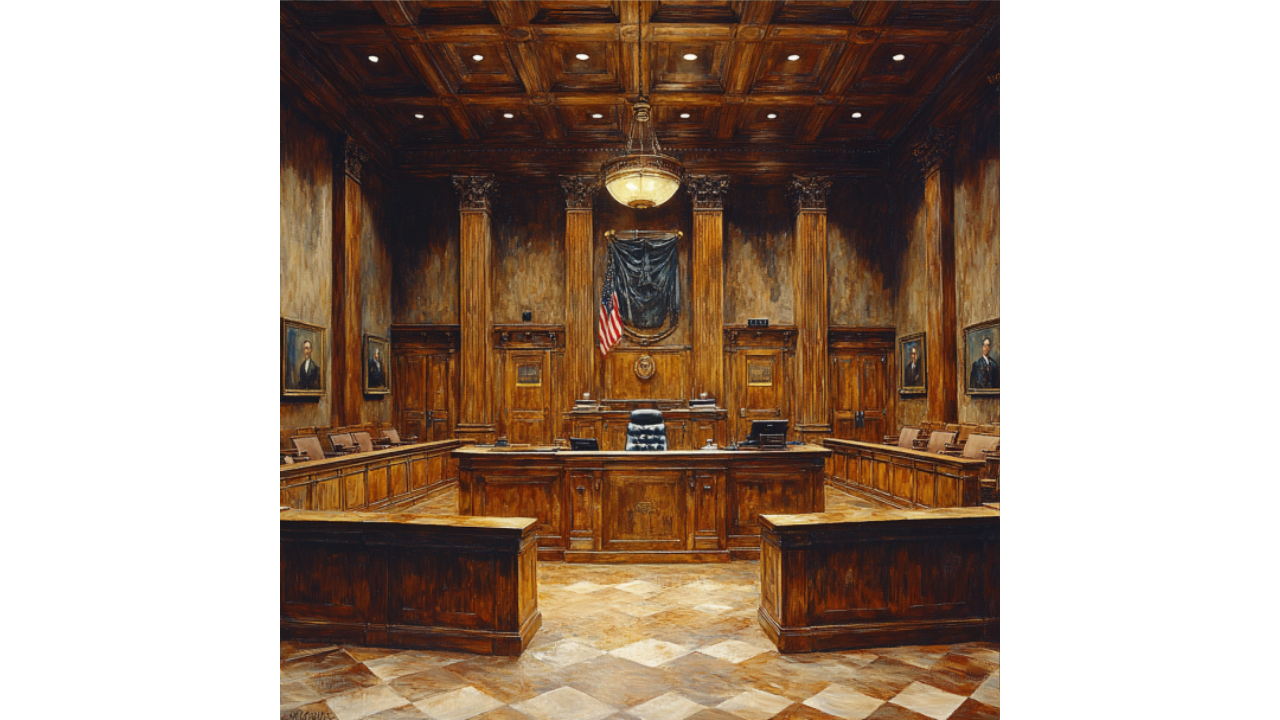2 min read
The Ethics of Persuasion: Exploring the Moral Boundaries of Marketing
Persuasion is a powerful tool—but when does it cross into manipulation? Ethical persuasion focuses on transparency, respect, and fairness, while...

Marketing is as much about understanding human psychology as it is about creating compelling messages. By tapping into cognitive biases, marketers can influence consumer behavior, prompting decisions that align with their goals. These biases—systematic errors in thinking that affect the decisions and judgments people make—play a crucial role in how we perceive information, evaluate options, and make purchases. In this article, we'll explore how marketers leverage key cognitive biases to shape consumer choices and drive engagement.
Cognitive biases are unconscious patterns of thought that can distort logical reasoning and judgment. These mental shortcuts help the brain process information more quickly but often lead to irrational or suboptimal decisions. In marketing, these biases are used to steer consumer behavior in subtle, often subconscious ways.
Let's talk these through.
The scarcity bias makes us value things more when they are perceived as rare or limited in availability. This bias plays into the fear of missing out (FOMO), driving urgency and quick decision-making. Marketers use this bias by introducing limited-time offers, exclusive products, or showing that items are "almost sold out" to increase their appeal.
The bandwagon effect refers to people’s tendency to adopt certain behaviors, beliefs, or trends simply because others are doing so. This bias is linked to social proof, which reassures us that if others are participating, we should too.
The anchoring bias occurs when individuals rely too heavily on the first piece of information they receive (the anchor) when making decisions. Marketers use this by initially presenting high prices (or "premium" options) to make other options seem more attractive in comparison.
The decoy effect is when the presence of a third, less attractive option changes how we perceive the other two choices. By adding a decoy option, marketers can steer customers toward a specific choice that feels like the best value.
People tend to fear losses more than they value equivalent gains. This is the principle of loss aversion. Marketers tap into this bias by framing their messaging around what consumers stand to lose if they don't take action.
The authority bias suggests that people are more likely to trust and follow the advice or opinions of someone they perceive as an authority. This bias helps marketers build trust and credibility through endorsements from industry experts, celebrities, or influencers.
Confirmation bias leads individuals to favor information that supports their preexisting beliefs or preferences. Marketers use this bias by targeting ads that align with the consumer’s values or past behaviors, creating content that resonates with their worldview.
The reciprocity principle refers to the human tendency to feel compelled to return a favor when someone does something for us. In marketing, offering free samples, discounts, or valuable content can trigger this sense of obligation.
Apple's Product Launches: Apple leverages scarcity bias by creating high demand through limited initial stock during product launches. Additionally, social proof (bandwagon effect) is evident with long queues at stores and pre-orders for new products, reinforcing the idea that "everyone" wants the latest iPhone or MacBook.
Amazon Prime Day: Amazon's Prime Day taps into scarcity bias with limited-time offers and deals that run out quickly. The company also uses anchoring bias by showing original, higher prices next to the discounted Prime Day deals, making the sale price appear more attractive.
Netflix Pricing Strategy: Netflix uses the decoy effect by offering three pricing tiers: Basic, Standard, and Premium. The Basic plan is priced low but lacks desirable features like HD streaming, while the Premium plan is much higher in price, making the Standard plan appear to be the best value for most users.
Cognitive biases are powerful tools in marketing, enabling brands to subtly influence consumer behavior. By understanding how human psychology shapes decision-making, marketers can craft more persuasive campaigns that tap into our cognitive shortcuts. Whether through creating urgency, playing on social proof, or leveraging authority figures, cognitive biases make marketing efforts more effective by resonating with the way people naturally think and behave.
By strategically applying these principles, brands can better connect with consumers, influence their purchasing decisions, and ultimately drive sales. The more marketers understand about cognitive biases, the more adept they’ll be at crafting campaigns that align with human psychology, resulting in higher engagement and conversion rates.

2 min read
Persuasion is a powerful tool—but when does it cross into manipulation? Ethical persuasion focuses on transparency, respect, and fairness, while...

Brands are increasingly relying on the power of storytelling to differentiate themselves and forge emotional connections with their audience. Just as

Cognitive biases play a pivotal role in shaping how individuals make decisions. These psychological shortcuts—while useful for navigating the...